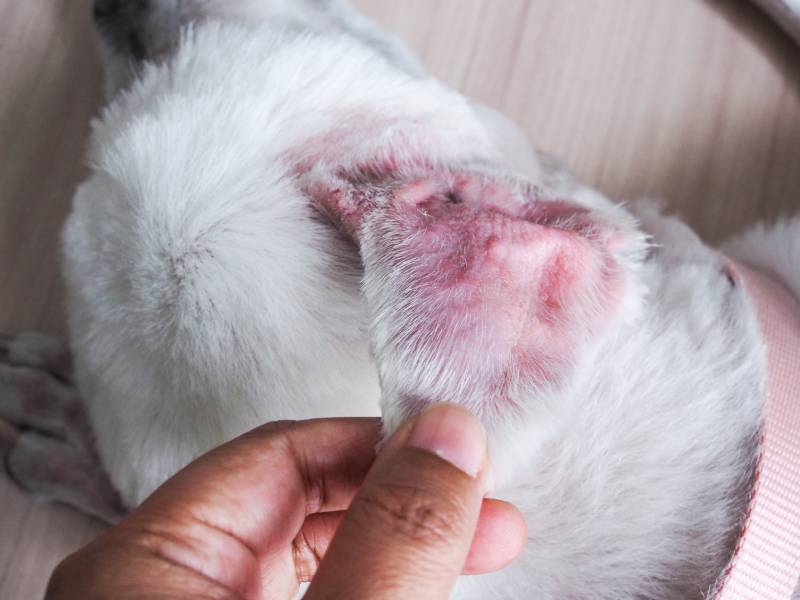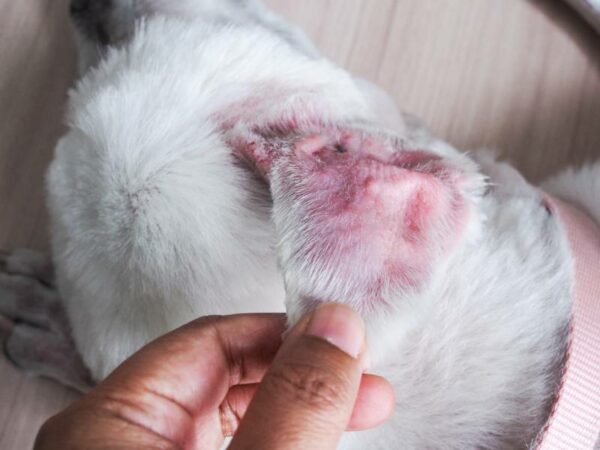We have a three-year-old Pug who keeps having ear
issues. It started when we took her to PetsMart
to be groomed a couple of years ago and they got
her ears wet. It was diagnosed as yeast and we
were given a cleaner and medicine, which seemed to
clear up the problem for awhile. It’s back now
and I can’t seem to get it to go away, even
though she’s been to our newest vet. I clean her
ears every day and the Q-tips come out with brown
gunk on them, but I can see that I’m not getting
all of it out. I’m using Animax once a day to
try to clear this up. Any help or suggestions you
could provide would be excellent. Thank you!
Janet
Woodbridge, VA
In my entire career, I do not think I have gone one working day without treating an ear infection. They are incredibly common in pets.
Some breeds (Pugs, Labrador Retrievers, Cocker Spaniels, Golden Retrievers, and Persian cats come to mind) are especially predisposed to ear infections. However, any cat or dog can be afflicted.
Ear infections occur when bacteria and yeast (which naturally live on the surface of the skin and ears) grow out of control. They may be triggered by allergies or water in the ear, but the root cause of chronic or recurrent infections is an individual predisposition. When a pet’s immune system cannot keep the micro-organisms under control, ear infections result.
Infected ears produce excessive wax (the brown gunk that you find when you clean the ears). The wax, unfortunately, harbors the micro-organisms. Therefore, the treatment for most ear infections is to clean the ears regularly, and then apply a medication (such as Animax) that kills yeast and bacteria.
Most ear infections resolve completely after seven days of this type of treatment. Some infections, however, are too severe for this to work. Your Pug clearly is suffering from one of these more serious infections.
When cleaning and topical medications alone are not enough to eliminate an ear infection, the next step is to use oral medications. These medicines fight the infection from the inside, and they are used in addition to regular ear cleaning and topical treatments.
I recommend that you talk to your vet about adding oral antibiotics to your dog’s treatment regimen. As well, you can consider anti-fungal medicines to fight the yeast. Some infections cause such severe irritation that oral steroids such as prednisone are necessary to make the pet comfortable. Based on your description, I doubt that your dog needs oral steroids.
Also, remember that no ear infection will clear up unless you clean the affected ear thoroughly. Ask your vet for a demonstration to make sure that you are using good technique. Be careful with Q-tips. If you insert them too far, you can damage the ear.
Finally, don’t forget that allergies to fleas can trigger ear infections. In the long run you may see a benefit from using reliable flea control product.
Featured Image Credit: Kittima05, Shutterstock










